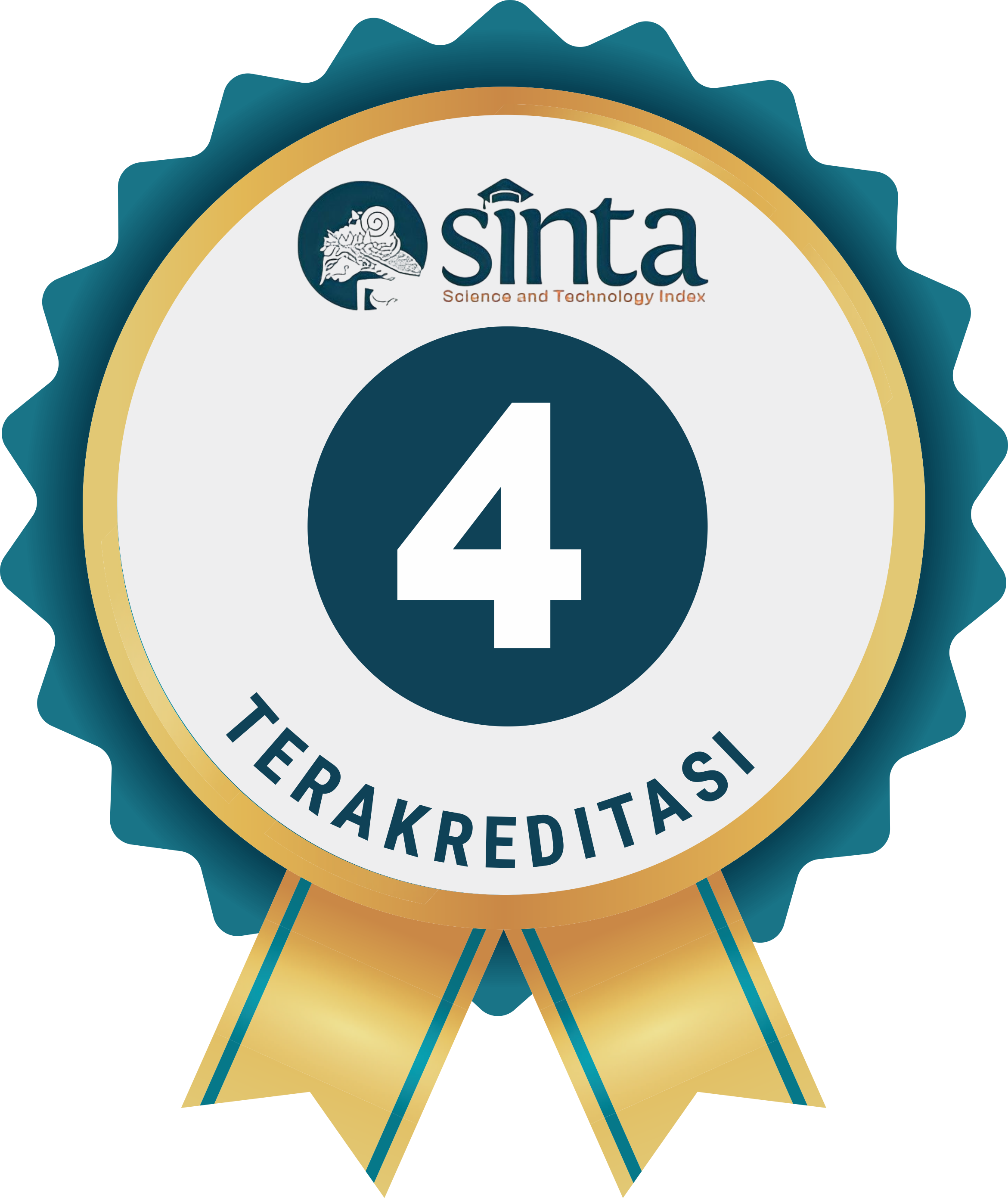The Inflection of Meaning on the Word Nur in Q.S. An-Nur: 35 with Roland Barthes Semiotics approach
Infleksi Makna Kata Nur dalam Q.S. An-Nur: 35 Perspektif Semiotika Roland Barthes
Abstract
This article reconstructs the meaning of the word nur, which should not be limited only to light in the physical sense, but should also be drawn to the articulation of words in a particular text or discourse. Therefore, an approach is needed that does not only focus on its literal meaning, but can reach the symbolic and theological meanings contained in the text. This study aims to reveal the meaning of nur in Q.S. An-Nur [24]: 35 through Roland Barthes' semiotic approach. This research uses a qualitative method with the type of library research. The results of this study indicate that the meaning of nur in Q.S. An-Nur [24]: 35 does not stop at the meaning of light in physical form only, but experiences inflection of meaning through the process of denotation and connotation. In the linguistic system, the word nur denotatively means light, ray, illumination or lantern. While in the mythological system, a connotation meaning is obtained, namely a symbol of God who is a shiner, illuminator and guide for all nature. Through this connotation, the meaning of nur in the myth is born, namely His power through His guidance and revelation that illuminates every creature and the universe. So that all movements, be it the sun, earth, stars to the growth of plants can be understood as His destiny. So, to understand this must be with the eyes of a clean heart and not bound by materialism, worldly pleasures and lust.
Downloads
Copyright (c) 2025 Sawfa Atina Mafaza, Putroe Balqis, Syahril Djaafara, Khaerul Asfar, Rizqi Akbar Maulana

This work is licensed under a Creative Commons Attribution-ShareAlike 4.0 International License.






